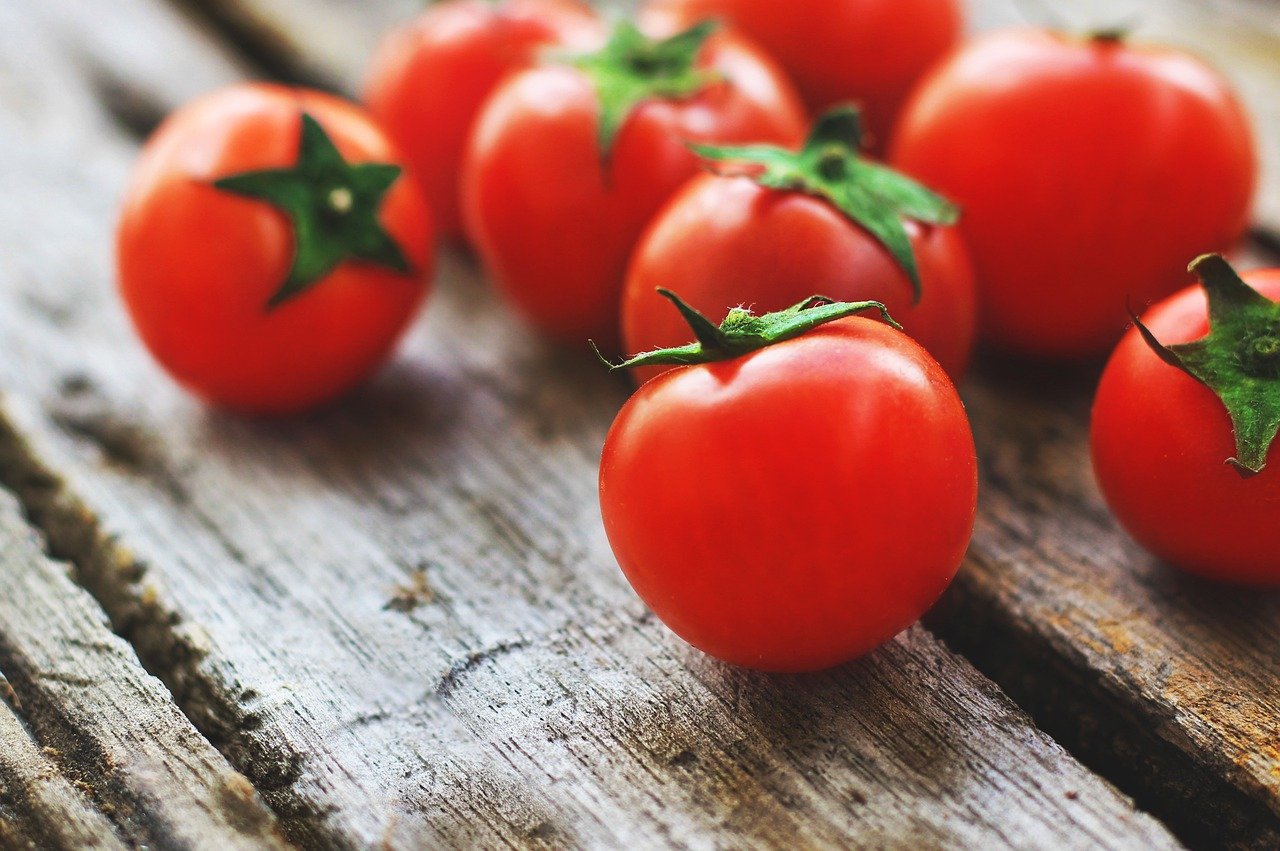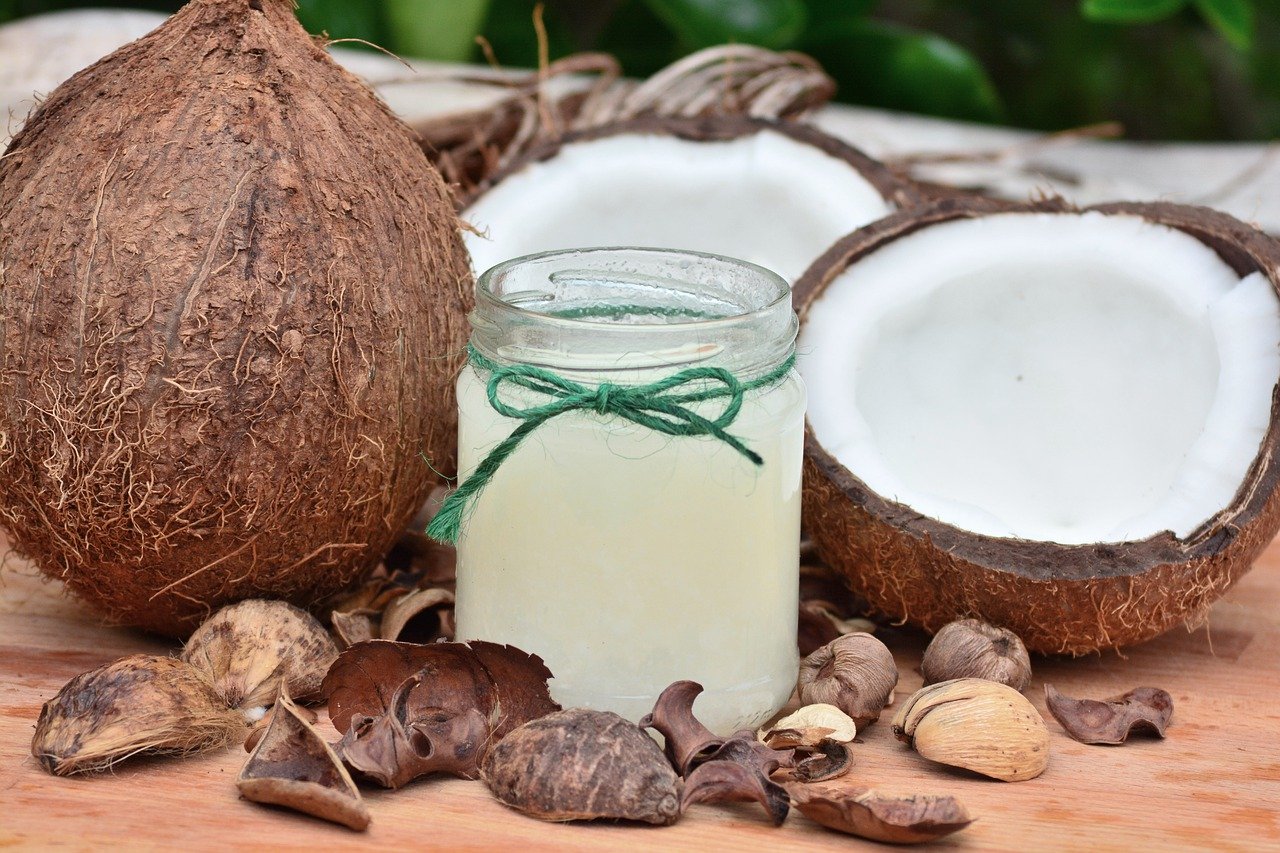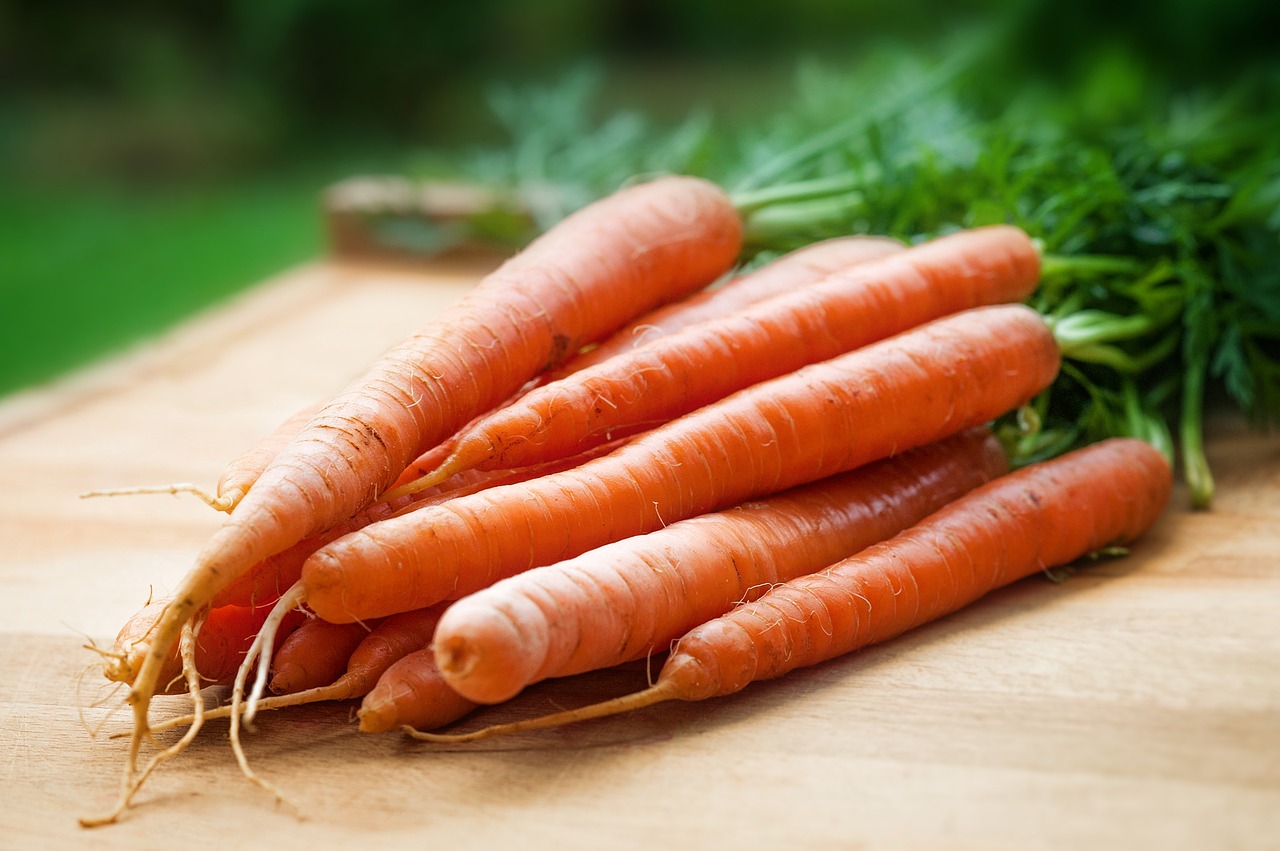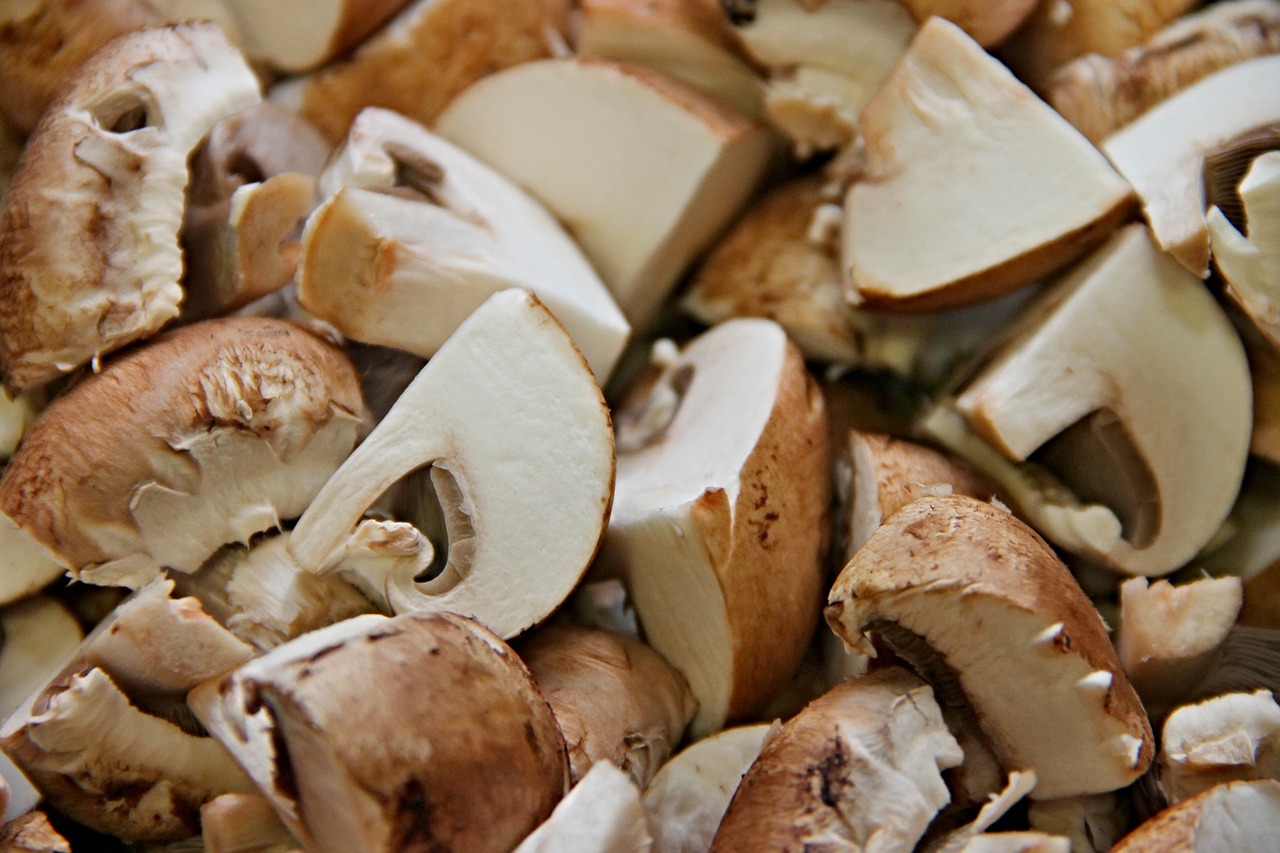Lycopene is a nutrient that you’ve probably already heard of before: it is often highlighted on ketchup bottles and other tomato-based products as a selling point for the health-conscious.
Lycopene is a naturally occurring carotenoid antioxidant that is present in red and pink fruits, as it is also the pigment responsible for these vivid colors. As an antioxidant, lycopene can provide a wide variety of benefits including promoting heart health, which is what it is usually known for.
According to research, here’s what lycopene can do for you – and what you should eat to get more of this beneficial antioxidant.[1,2]
- It Has Anti-Cancer Properties
As an antioxidant, lycopene is capable of fighting off harmful molecules, such as free radicals.
Free radicals are the unstable atoms that damage your cells, tissues, and DNA. This damage is further intensified under oxidative stress, which is a state wherein free radicals outnumber the antioxidants in your body. Over time, oxidative stress is known to increase the risk of chronic diseases such as cancer.[3]
Thus, it is important that you include as many antioxidants in your diet as you can. Antioxidants are naturally abundant in fruits, vegetables, and other plant-based food, and this includes fruits that contain lycopene.
In several observational studies, a higher intake of carotenoids (such as lycopene) is linked to up to a 50% lower risk of certain cancers.[4] For instance, one study found that men who consumed at least two servings of lycopene-rich tomato sauce per week were 30% less likely to develop prostate cancer compared to those who ate less.[5]
- It’s Good For Your Heart
Lycopene is also known to be good for heart health. Aside from reducing damage from free radicals, lycopene is also known to reduce bad LDL cholesterol levels and increase good HDL cholesterol levels.
LDL cholesterols are called the “bad” type of cholesterol because it clogs your arteries and veins when it’s present in excessive amounts. Over time, excess cholesterol may cause blockages which leads to a stroke or a heart attack. This is why it’s important to introduce as much good HDL cholesterol as you can, because HDL carries the bad cholesterol away from your arteries and into the liver, where it is broken down and passed from the body.[6]

In a study that was conducted for 10 years, diets that had a higher intake of lycopene were observed to have a 17-26% lower risk of developing heart disease.[7]
- Protects Your Skin From UV-Induced Damage
Although having enough sunlight exposure is great for your health (we need all the vitamin D we can get!) too much of it can actually damage your skin.
Excess exposure to UV rays is known to cause premature aging, wrinkles, liver spots, and even an increased risk of developing skin cancer.
Carotenoids such as lycopene are known to protect the skin from UV-induced damage. For instance, one animal study found that a high consumption of tomatoes significantly reduced the occurrence of UV-induced skin tumors among male mice as opposed to the control group.[8]
Another study published in the British Journal of Dermatology found that those who consumed more tomato paste were less likely to develop sunburns compared to those who belonged to the control group.[9]
- It Can Help protect Your Eyesight
Carotenoids, including lycopene, are one of the most important nutrients when it comes to maintaining eye health. Firstly, lycopene’s photoprotective properties can protect your eyes from UV-induced damage to the retina.
One animal study also found that a high lycopene consumption can prevent or delay the formation of cataracts due to its antioxidant properties.[10]
In some studies, a higher intake of lycopene was linked to a lower risk of developing age-related macular degeneration.[11]
- Great For Bone Health
As an antioxidant, lycopene is capable of protecting bone cells from deterioration caused by oxidative stress. This keeps the bone structure strong and healthy, minimizing the risk of brittleness and breakage.[12]
In one animal study, a higher intake of lycopene was found to have successfully facilitated bone formation and inhibited bone resorption, which resulted in a higher bone mineral density among growing female rats.[13]
- Protects Your Brain Cells
Similar to other antioxidants, lycopene was found to have strong neuroprotective activities. This includes the inhibition of oxidative stress, neuroinflammation, neuronal apoptosis (death of brain cells), and the restoration of mitochondrial function (which boosts energy production).[14]
In a study published in the Neuroscience Letters, increasing lycopene in neurons was found to be a viable preventive measure against the onset and development of Alzheimer’s.[15]
The 5 Best Food Sources of Lycopene
You can find lycopene in natural foods (fruits and vegetables) that have a pink to red pigment. Here are some examples of food that are rich in lycopene[1]:
- Tomatoes: Tomatoes are often considered the prime food source of lycopene. Contrary to common food logic, the amount of lycopene in tomatoes actually increase the more it is cooked and ripe. Sundried tomatoes contain up to 45.9mg of lycopene per 100g, while fresh tomato puree contains 21.8 mg of lycopene. Meanwhile, fresh tomatoes contain 3mg of lycopene per 100g.
- Guavas: Next to tomatoes, the tropical fruit guava is a rich source of lycopene. Per 100g, guava contains up to 5.2 mg of lycopene per 100g.
- Watermelon: Watermelons are sweet and filled with water that will make you feel refreshed. Per 100g, watermelon contains up to 4.5mg of lycopene.
- Papaya. Papayas are another tropical fruit that contains a good amount of lycopene, even though they mostly appear orange! Per 100g, papayas can contain up to 1.8g of lycopene.
- Red Bell Peppers. Red bell peppers are a favorite addition to stir fries, grilled meats, pizzas, and salads. Per 100g, red bell peppers can contain up to 0.5mg of lycopene.
Lycopene is also sold in supplement form, which is recommended only if for some reason you are unable to include lycopene rich foods regularly in your diet. Before taking lycopene supplements, it is recommended to consult a doctor first especially if you’re currently taking other medications.
Conclusion
Lycopene is one of the most abundant and potent antioxidants that you can get out of your diet. It is widely available through common foods such as tomatoes, and its antioxidant activity can help lower your risk of developing chronic diseases.
Lycopene is also considered generally safe to eat, causing only mild side effects when consumed in extremely large amounts.
References
[1] Petre, A. (2018, October 3) Lycopene: Health Benefits and Top Food Sources. Retrieved on December 18, 2020 from https://www.healthline.com/nutrition/lycopene
[2] Dashiell, E. (2020, June 9) The Health Benefits of Lycopene. Retrieved on December 18, 2020 from https://www.verywellhealth.com/lycopene-health-benefits-4684446
[3] Saha, S. K., Lee, S. B., Won, J., Choi, H. Y., Kim, K., Yang, G. M., Dayem, A. A., & Cho, S. G. (2017). Correlation between Oxidative Stress, Nutrition, and Cancer Initiation. International journal of molecular sciences, 18(7), 1544. https://doi.org/10.3390/ijms18071544
[4] Giovannucci E. (2002). A review of epidemiologic studies of tomatoes, lycopene, and prostate cancer. Experimental biology and medicine (Maywood, N.J.), 227(10), 852–859. https://doi.org/10.1177/153537020222701003
[5] Graff, R. E., Pettersson, A., Lis, R. T., Ahearn, T. U., Markt, S. C., Wilson, K. M., Rider, J. R., Fiorentino, M., Finn, S., Kenfield, S. A., Loda, M., Giovannucci, E. L., Rosner, B., & Mucci, L. A. (2016). Dietary lycopene intake and risk of prostate cancer defined by ERG protein expression. The American journal of clinical nutrition, 103(3), 851–860. https://doi.org/10.3945/ajcn.115.118703
[6] American Heart Association. (2020, November 6) HDL (Good), LDL (Bad) Cholesterol and Triglycerides. Retrieved on December 18, 2020 from https://www.heart.org/en/health-topics/cholesterol/hdl-good-ldl-bad-cholesterol-and-triglycerides
[7] Jacques, P. F., Lyass, A., Massaro, J. M., Vasan, R. S., & D’Agostino, R. B., Sr (2013). Relationship of lycopene intake and consumption of tomato products to incident CVD. The British journal of nutrition, 110(3), 545–551. https://doi.org/10.1017/S0007114512005417
[8] Cooperstone, J. L., Tober, K. L., Riedl, K. M., Teegarden, M. D., Cichon, M. J., Francis, D. M., Schwartz, S. J., & Oberyszyn, T. M. (2017). Tomatoes protect against development of UV-induced keratinocyte carcinoma via metabolomic alterations. Scientific reports, 7(1), 5106. https://doi.org/10.1038/s41598-017-05568-7
[9] Rizwan, M., Rodriguez‐Blanco, I., Harbottle, A., Birch‐Machin, M. A., Watson, R. E. B., & Rhodes, L. E. (2011). Tomato paste rich in lycopene protects against cutaneous photodamage in humans in vivo: a randomized controlled trial. British Journal of Dermatology, 164(1), 154-162. https://doi.org/10.1111/j.1365-2133.2010.10057.x
[10] Gupta, S. K., Trivedi, D., Srivastava, S., Joshi, S., Halder, N., & Verma, S. D. (2003). Lycopene attenuates oxidative stress induced experimental cataract development: an in vitro and in vivo study. Nutrition (Burbank, Los Angeles County, Calif.), 19(9), 794–799. https://doi.org/10.1016/s0899-9007(03)00140-0
[11] Schleicher, M., Weikel, K., Garber, C., & Taylor, A. (2013). Diminishing risk for age-related macular degeneration with nutrition: a current view. Nutrients, 5(7), 2405–2456. https://doi.org/10.3390/nu5072405
[12] Ardawi, M. M., Badawoud, M. H., Hassan, S. M., Rouzi, A. A., Ardawi, J., AlNosani, N. M., Qari, M. H., & Mousa, S. A. (2016). Lycopene treatment against loss of bone mass, microarchitecture and strength in relation to regulatory mechanisms in a postmenopausal osteoporosis model. Bone, 83, 127–140. https://doi.org/10.1016/j.bone.2015.10.017
[13] Iimura, Y., Agata, U., Takeda, S., Kobayashi, Y., Yoshida, S., Ezawa, I., & Omi, N. (2014). Lycopene intake facilitates the increase of bone mineral density in growing female rats. Journal of nutritional science and vitaminology, 60(2), 101–107. https://doi.org/10.3177/jnsv.60.101
[14] Chen, D., Huang, C., & Chen, Z. (2019). A review for the pharmacological effect of lycopene in central nervous system disorders. Biomedicine & Pharmacotherapy, 111, 791-801. https://doi.org/10.1016/j.biopha.2018.12.151
[15] Chen, W., Mao, L., Xing, H., Xu, L., Fu, X., Huang, L., Huang, D., Pu, Z., & Li, Q. (2015). Lycopene attenuates Aβ1-42 secretion and its toxicity in human cell and Caenorhabditis elegans models of Alzheimer disease. Neuroscience letters, 608, 28–33. https://doi.org/10.1016/j.neulet.2015.10.009













